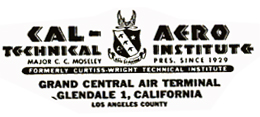
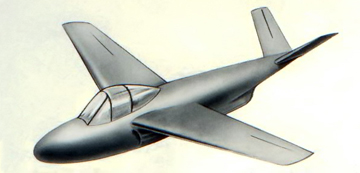
En 1948, le major Corliss C. Moseley, directeur du Cal-aero Technical Institute of California, a décidé de lancer un projet de mini avion à réaction. Ce projet sera baptisé CAL-Aero XLC-1. Professeurs et étudiants étaient tous mobilisés sur cette tâche. Doté une aile médiane haute et d’un empennage papillon, Il devait le premier avion de sport à réaction.
L’appareil est de construction entièrement métallique. L’aile comporte une flèche et du dièdres. L’empennage est en V. Le réacteur est situé derrière le pilote. Les entrés d’air se trouvent sur les flancs du fuselage. La Sortie des gaz s’effectue sous le queue, en avant des empennages. Le trains d’atterrissage est à deux roues en tandems et deux roulettes placées en bout de plans devait permettre de stabiliser l’avion au sol.
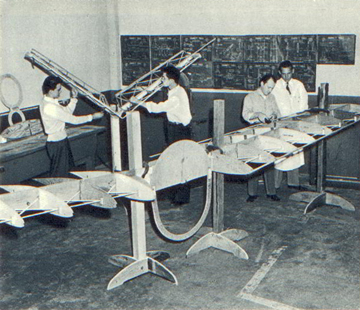
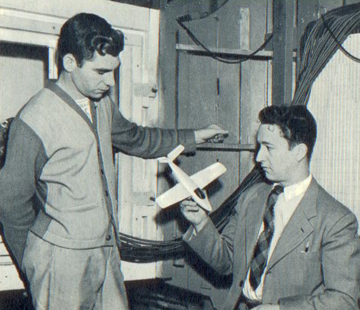
Notes et Références
Corliss C. Moseley
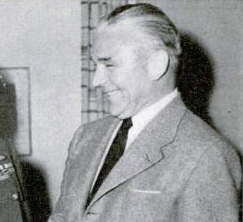
World War I aviation veteran Corliss C. Moseley owned and operated several Cal-Aero flight schools during World War II, which together were responsible for training 25,000 pilots and 5,000 aircraft mechanics for the war effort. After the war, he became involved with various aspects of commercial aviation, including the co-founding of Western Airlines. He also served as a director of the Curtiss-Wright and Douglas aircraft companies.
The Curtiss-Wright Technical Institute was an early professional trade school operated by the Curtiss-Wright corporation for aircraft maintenance training. The institute was first set up in the terminal building of the Glendale, California Grand Central Air Terminal, expanding to neighboring hangars and buildings around the airport. During World War II, over 7500 mechanics were trained at the facility.
In 1950 the institute became part of the Grand Central Aircraft Company and Curtiss-Wright Technical Institute was renamed to the Cal-Aero Technical Institute. The U.S. Air Force used the institute to train mechanics on contract until 1952. Enrollment dropped sharply after the cancellation of the contract and the facility closed in 1954

